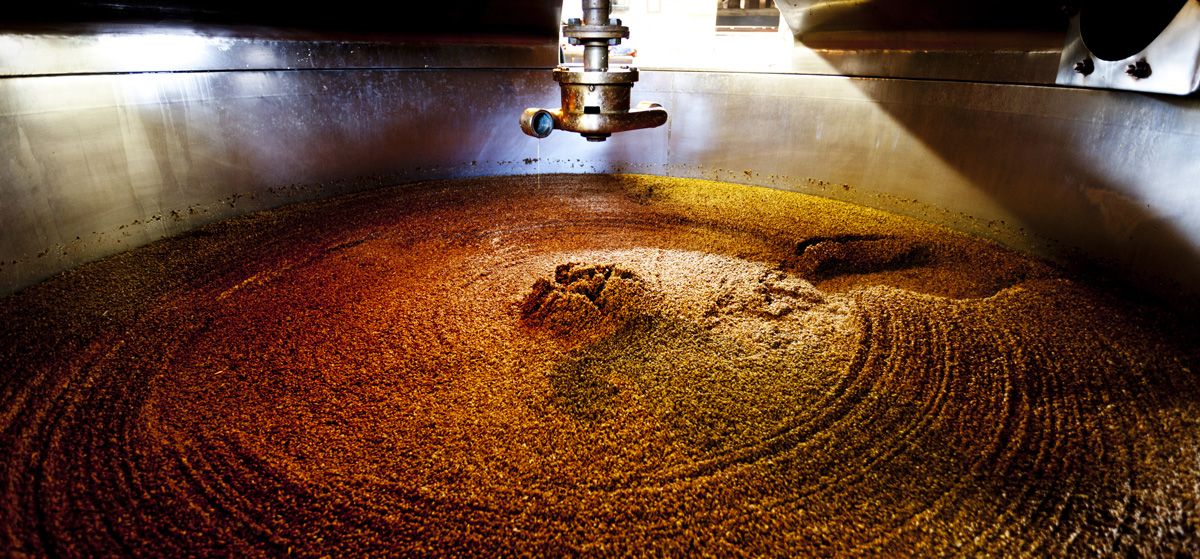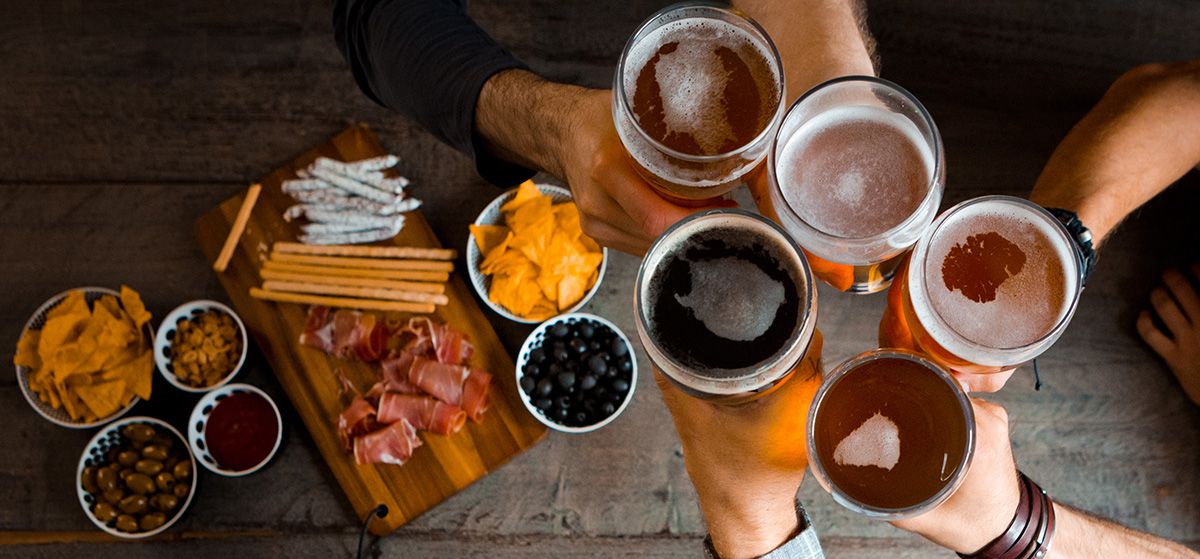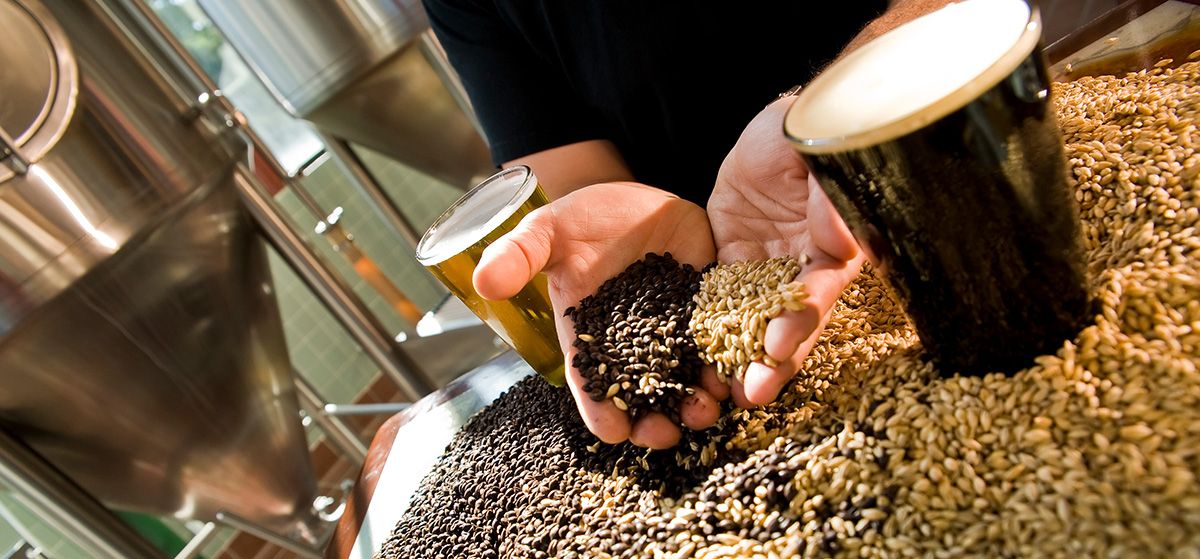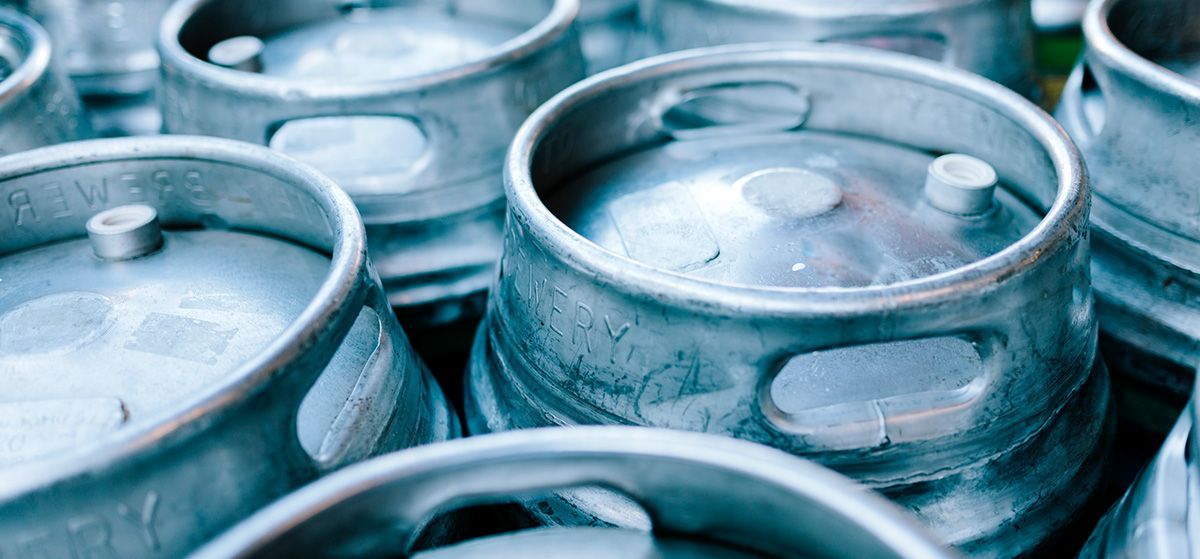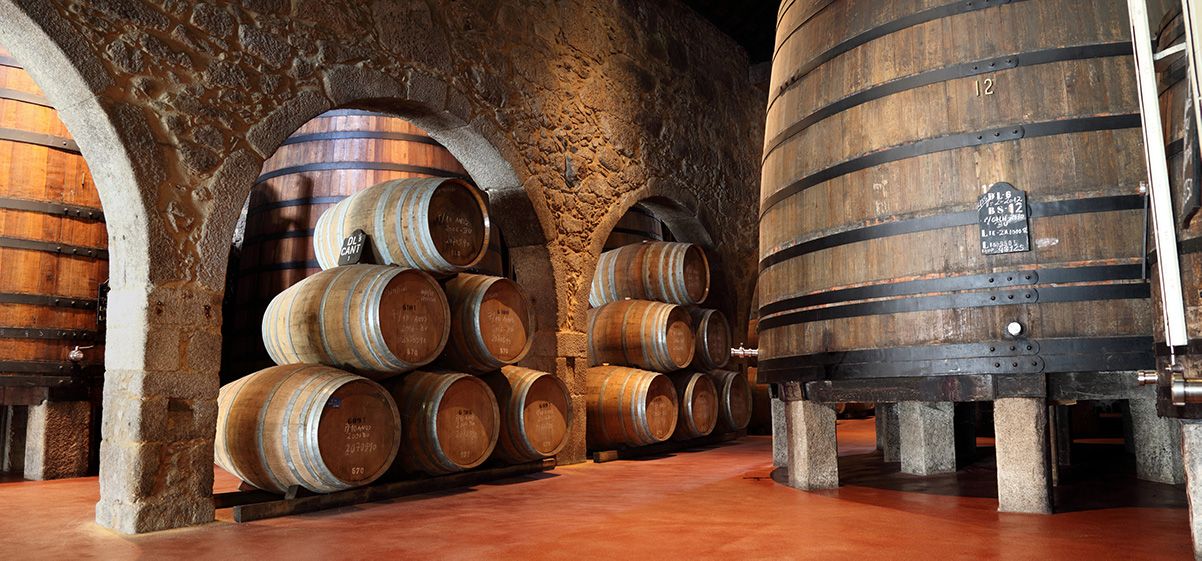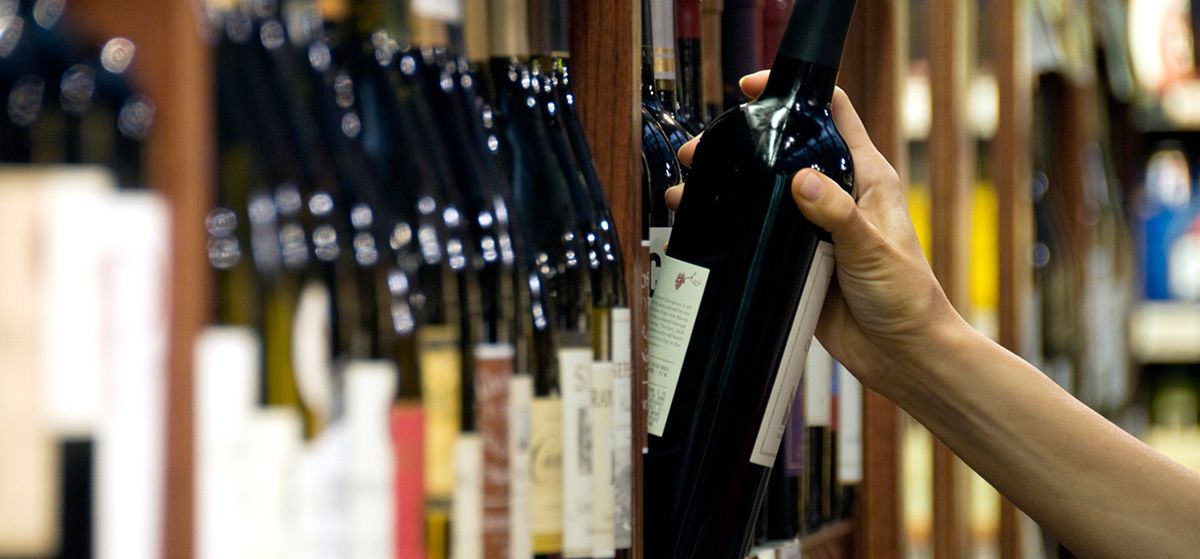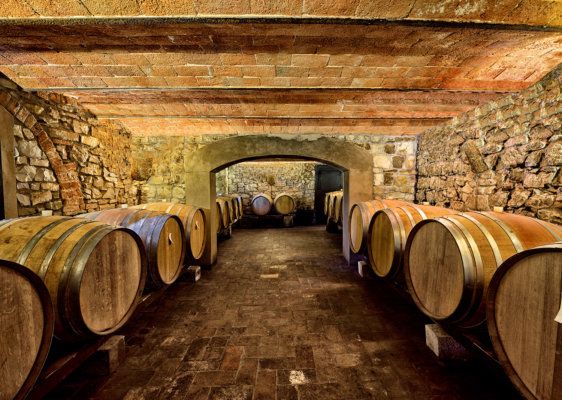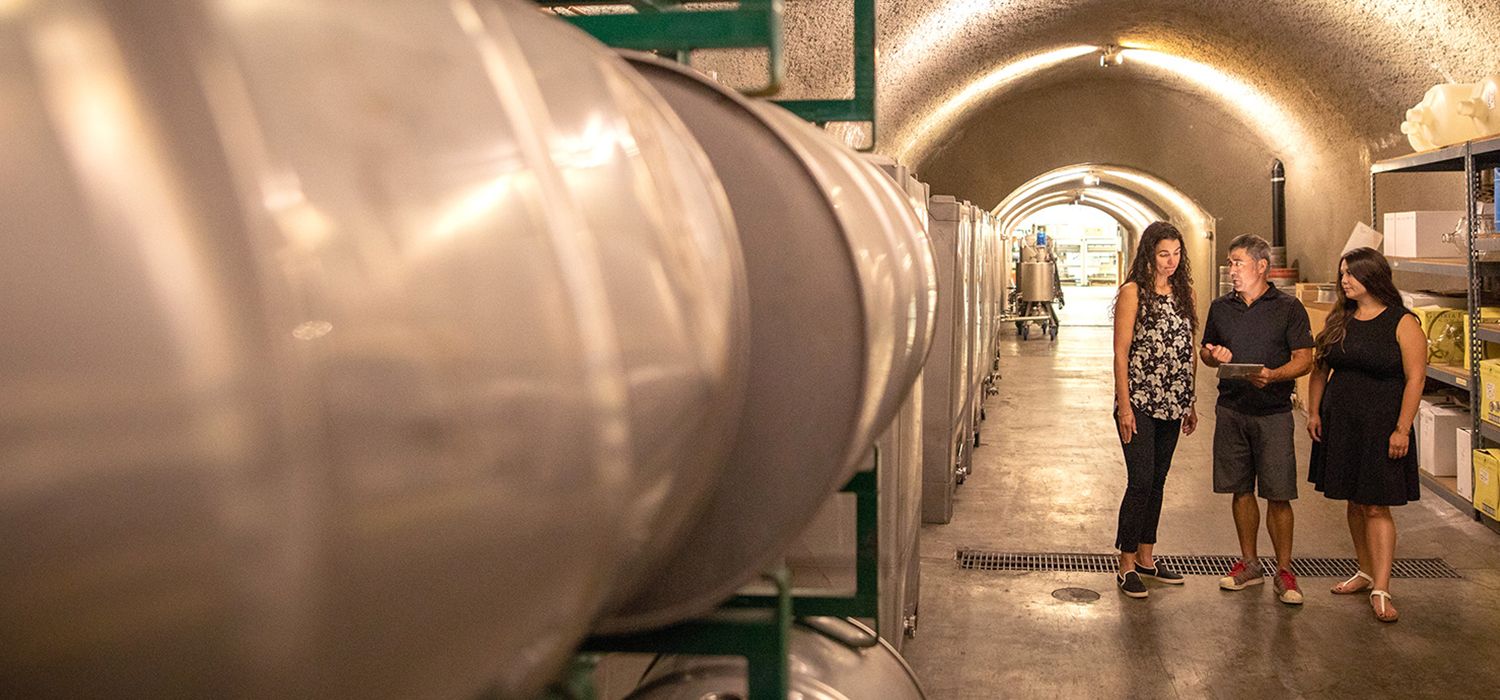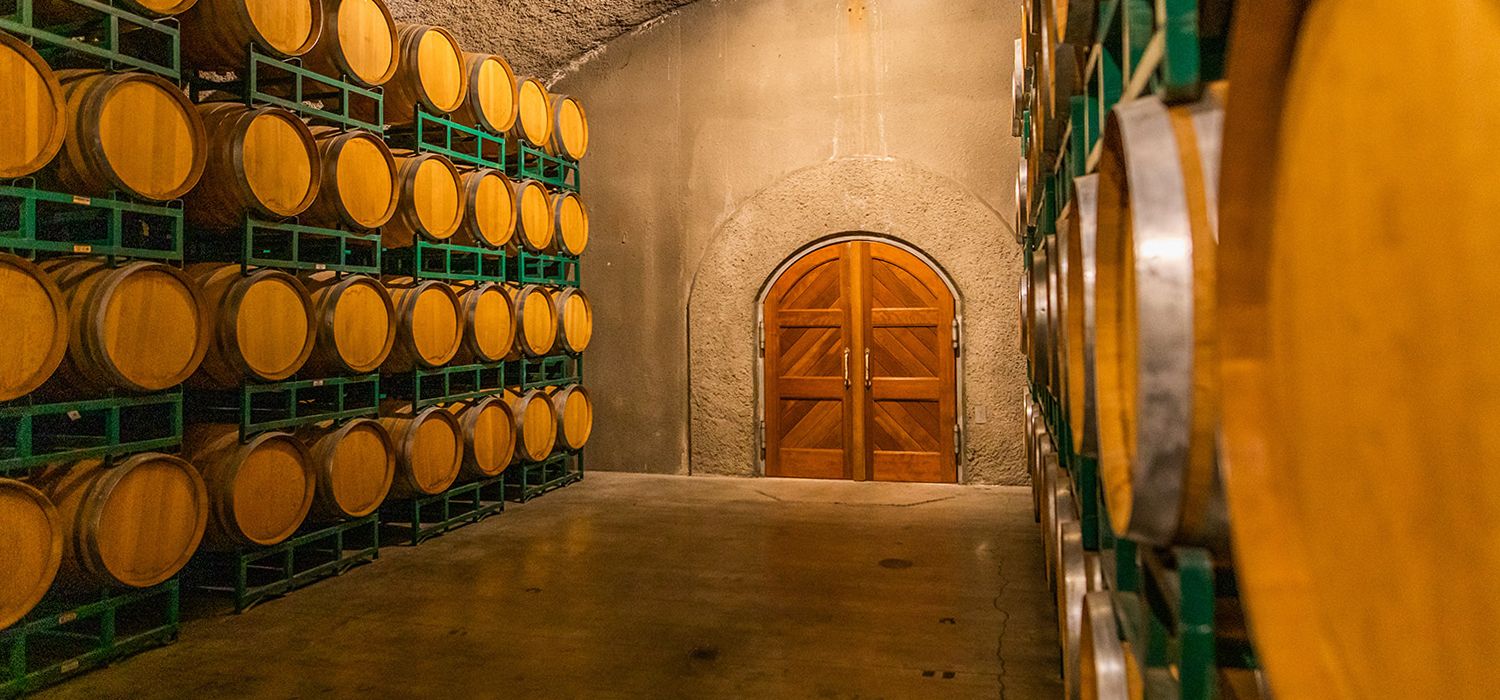“Non-compliant” is a scary thing to hear. When wineries find themselves in this worst case scenario, it can mean costly penalties or even loss of licensure. In an environment of heightened enforcement and with each state maintaining its own set of rules regarding DtC wine shipping, getting it right has never been more difficult or more important.
For example, in Massachusetts wineries are limited to shipping no more than 12 cases per individual per calendar year, but in Oklahoma the limit is six cases and in Colorado there is no limit. Not only do these three states have different shipping volume restrictions they also all have different rules and reporting timelines for excise tax.
How to stay on top of all of that? DtC wine shippers can automate their real-time compliance checks to make sure they are following all laws and guidelines related to the ship-to (destination) state. Real-time compliance also streamlines and automates a once slow, manual process while improving accuracy and performance, thus eliminating potentially costly issues before they arise.
No winery wants to find itself in the unenviable position of having to let a customer know their recent purchase cannot be fulfilled, or worse, face disciplinary action from state regulators. By recognizing at the point-of-sale whether a DtC shipment of wine is compliant, a winery can avoid complications with both consumers and the government.
Compliance, as it turns out, is key to customer experience. Today’s DtC customer is not only more likely to opt for higher-value wines, they are also more likely to apply the same expectations for exceptional service they bring to any other luxury item they purchase online. They want premium packaging. They want two-day delivery. They want the prestige of finding something unavailable at their local big-box store. And they want to know that when they click “purchase,” the winery with which they’ve chosen to do business can handle the rest. All of these expectations make compliance and sales tax automation crucial to building and expanding a loyal customer base.
